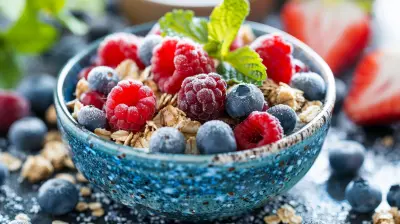Gluten-Free Baking Hacks: Achieving Perfect Baked Goods
7 July 2025
Who doesn’t love the warm aroma of freshly baked goods filling the kitchen? The crisp edges of a cookie, the soft crumb of a muffin, or the satisfying chew of a slice of homemade bread—pure bliss, right? But what happens when gluten, the very thing that gives baked goods their structure and stretch, is off the table? Whether you're living with celiac disease, gluten sensitivity, or just trying to clean up your diet, baking without gluten can feel like learning to ride a bike all over again—only on one wheel.
Don’t sweat it. With the right gluten-free baking hacks, you can absolutely whip up treats that are as delicious (maybe even more so!) than their wheat-filled counterparts. Think fluffy, moist, golden-browned perfection. Let’s dive into the pantry of secrets and mix up some gluten-free magic!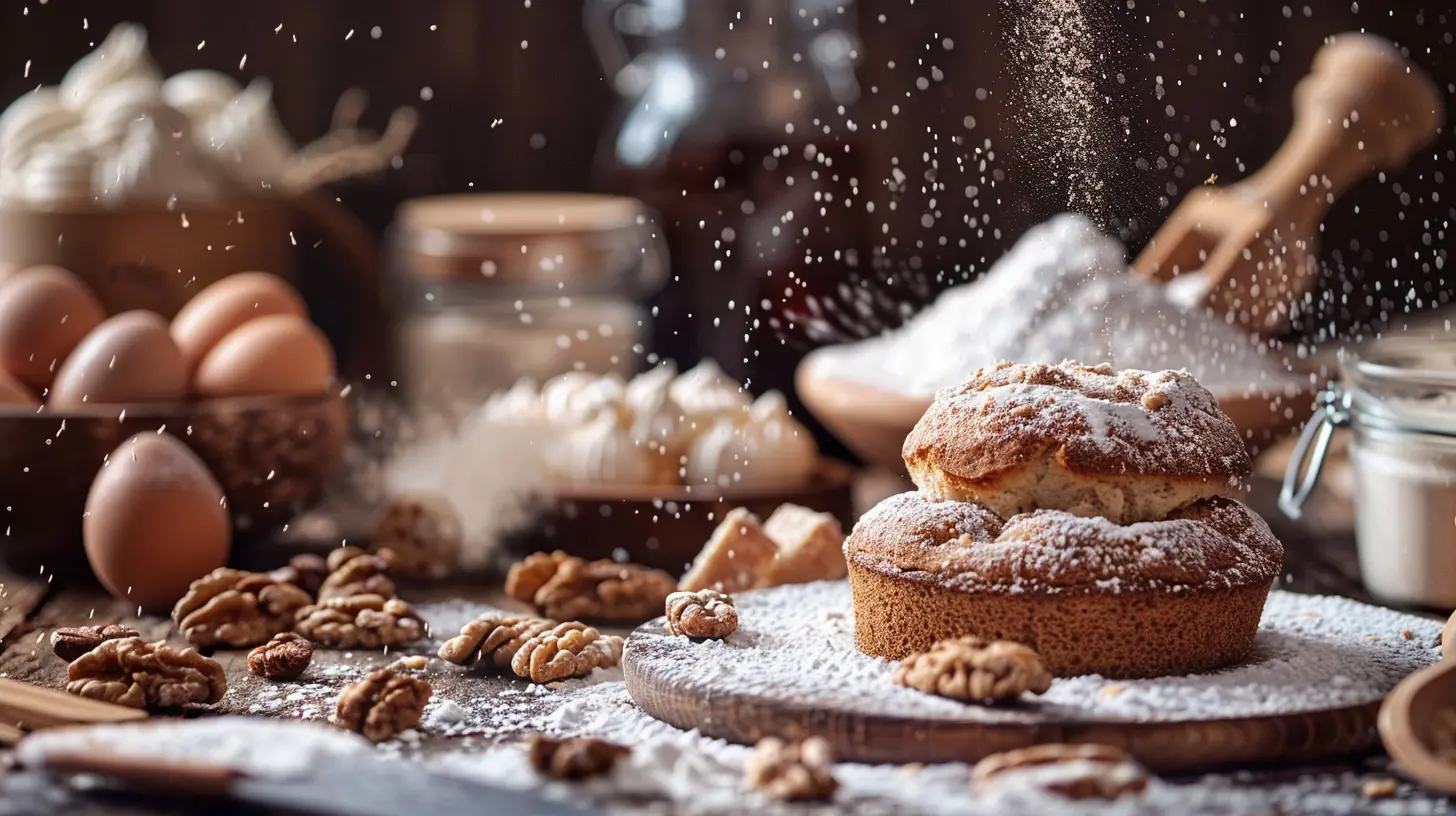
Why Gluten-Free Baking Feels Like a Science Fair
Before we roll up our sleeves, let’s answer the burning question: _Why is gluten such a big deal in baking?_ Gluten is the protein found in wheat, barley, and rye. It's like the scaffolding that holds your baked goods together. It traps air, gives elasticity to dough, and results in that satisfying chew in bread.When you remove gluten, you're essentially pulling out the glue that holds everything in place. The result? Crumbly muffins, flat cookies, and pancakes that taste like sandpaper. But don’t panic. Where there’s a whisk, there’s a way.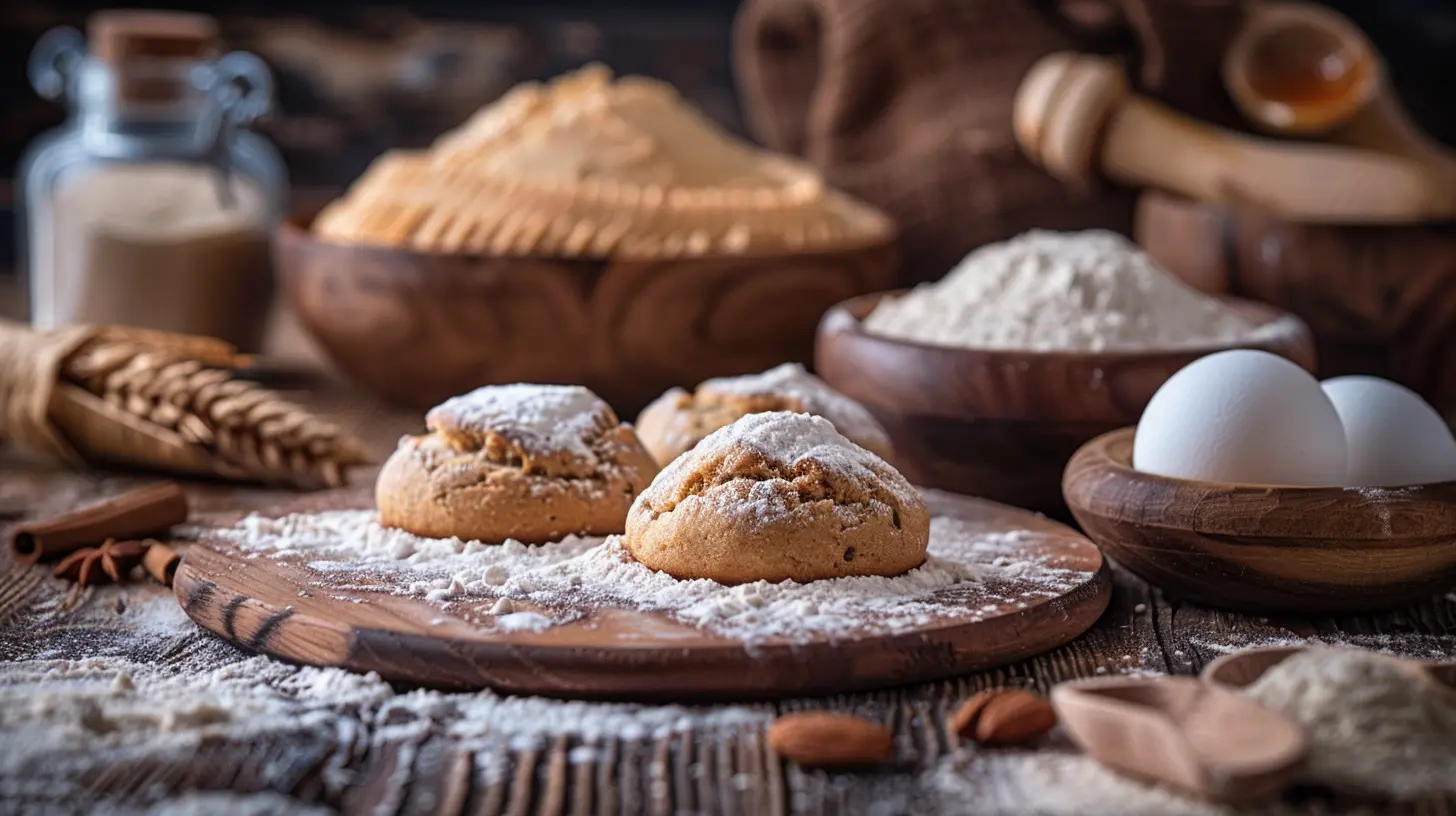
1. Choose the Right Flour (It’s a Game-Changer)
Let’s start with the basics: gluten-free flour. Not all GF flours are created equal. Some are light and fluffy (perfect for cakes), while others are dense and fibrous (ideal for hearty bread). The key? Mix and match.Popular Gluten-Free Flours:
- Almond flour – sweet and nutty, great for cookies and pancakes.- Coconut flour – super absorbent, so always combine with other flours.
- Rice flour – staple in many blends, neutral flavor.
- Sorghum flour – smooth and hearty, adds protein.
- Tapioca starch – helps with chewiness and elasticity.
- Arrowroot or potato starch – adds a light texture.
📝 Hack: Use a gluten-free flour blend rather than relying on a single flour type. Look for blends that already contain xanthan gum or guar gum to help mimic gluten’s structure.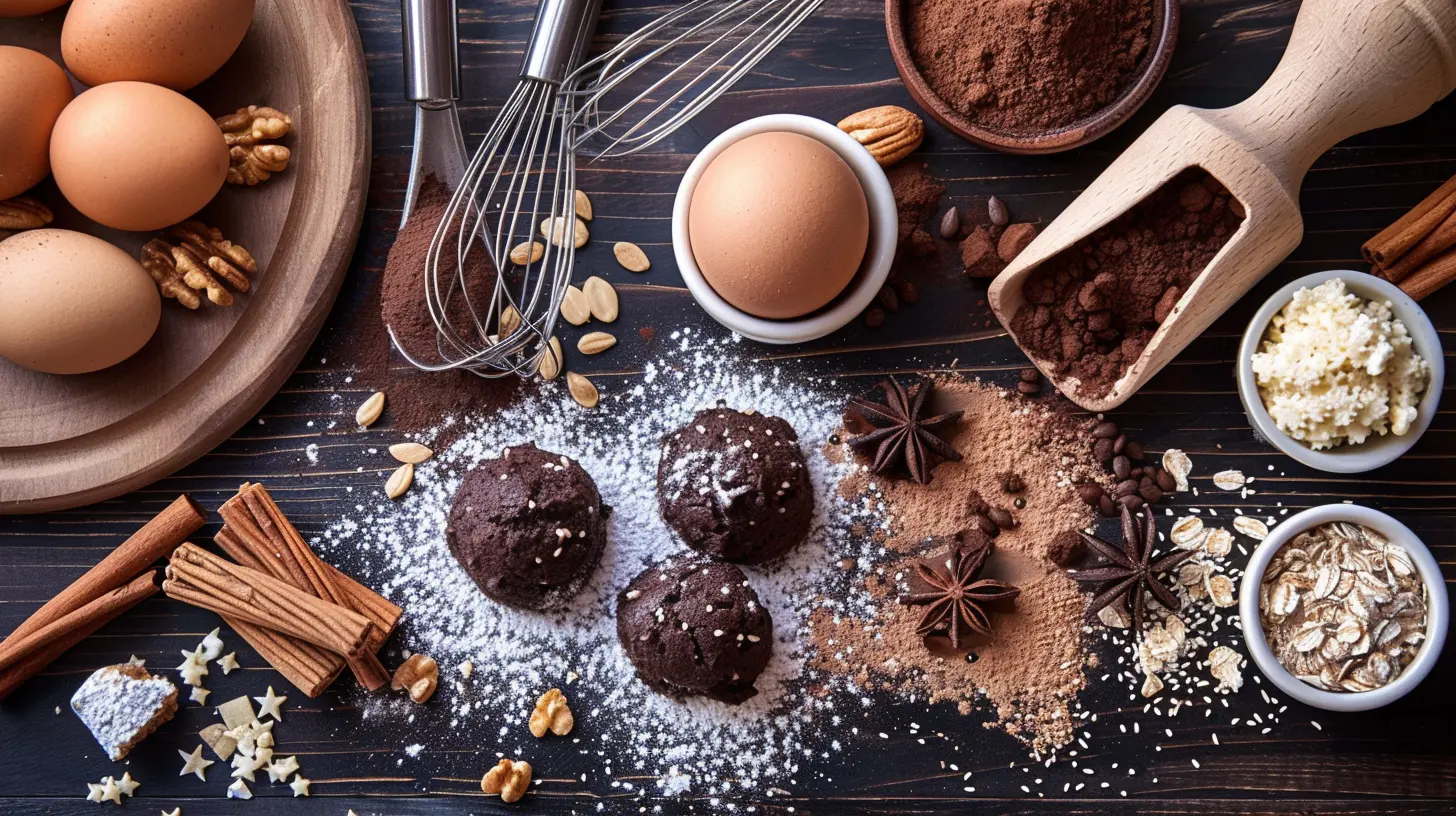
2. Gums Are Your Best Baking Buddies
Yeah, they’re not sexy, but xanthan gum and guar gum are essential. These ingredients act like gluten’s stunt doubles. They bind ingredients together, prevent crumbling, and help doughs rise.- For cookies or cakes, use about ½ teaspoon per cup of flour.
- For bread or pizza dough, up it to ¾ or 1 teaspoon per cup.
📝 Hack: Always mix your gum with the dry ingredients to avoid clumping!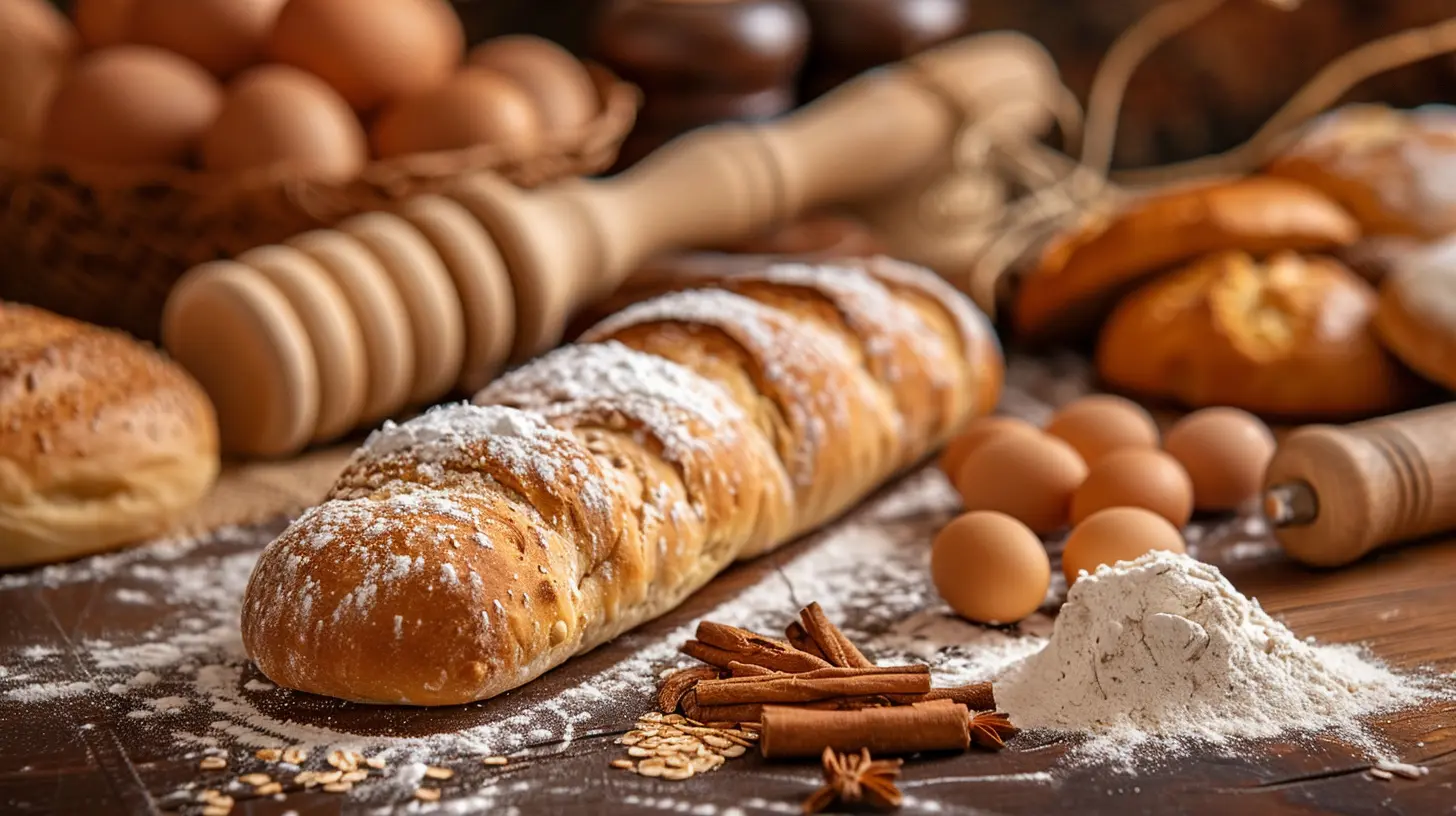
3. Moisture is Everything—Seriously
One big pitfall in gluten-free baking? Dryness. Without gluten, your goodies get thirsty real fast. That’s why moisture-retaining ingredients are your secret weapon.Add These Moisture Heroes:
- Greek yogurt- Applesauce
- Mashed bananas
- Pumpkin puree
- Extra eggs or egg yolks
📝 Hack: Try adding an extra egg yolk or a tablespoon of apple cider vinegar—both help improve texture and loft.
4. Let It Rest—Your Batter Needs a Nap
No joke—resting your batter or dough makes a huge difference. Gluten-free flours need time to hydrate, which leads to better binding and softer textures.- Let cookie dough rest for at least 30 minutes before baking.
- Pancake and waffle batters benefit from 15–30 minutes of rest.
- Bread and pastry doughs? Resting overnight in the fridge can work wonders.
📝 Hack: Think of this as your batter’s beauty sleep. It’s tired. It needs a break.
5. Weigh It Out—Precision Matters
When you’re dealing with gluten-free flours that vary wildly in weight and density, a measuring cup just doesn’t cut it anymore.📝 Hack: Use a kitchen scale. Seriously. One cup of almond flour does not weigh the same as one cup of coconut flour. Accuracy equals consistency.
6. Don’t Overmix (But Don’t Undermix Either)
This can be a bit tricky. Unlike gluten-based batters that you don’t want to overwork (hello, rubbery cake), gluten-free batters actually benefit from a little more mixing.It helps with hydration and allows your gums or binders to activate properly—but don’t go nuts, either.
📝 Hack: Mix until smooth and well blended, and then stop. That’s your sweet spot.
7. Add Structure with Eggs and Their Alternatives
Eggs are a powerhouse in gluten-free baking. They help with structure, leavening, and moisture. But if you're egg-free too, don’t worry—there are solid alternatives.Egg Substitutes:
- Flax eggs (1 tbsp ground flaxseed + 3 tbsp water)- Chia eggs (1 tbsp chia seeds + 3 tbsp water)
- Unsweetened applesauce (¼ cup per egg)
- Silken tofu (¼ cup per egg)
📝 Hack: Add an extra egg white for more lift, or an extra yolk for extra richness. Adjust based on the final texture you want.
8. Master the Art of Emulsification
Say what now? Emulsification is the blending of fat and liquid—crucial for creating smooth, stable batters and preventing separation.🍰 Think creamy cakes and moist muffins—not gritty, clumpy disasters.
📝 Hack: Bring all ingredients (especially eggs and butter) to room temperature before mixing. It massively improves emulsification.
9. Temperature Tactics: Hot Oven, Cool Results
Gluten-free goods often need a slightly higher temp in the oven and longer bake time than you’d expect.- Bump up the oven by 5–10°F.
- Bake in the center of the oven to avoid uneven heating.
- And yes, those cookies might need a few extra minutes—don’t rush 'em.
📝 Hack: Use an oven thermometer. Most ovens lie. Trust, but verify.
10. Don’t Skip the Sift
Sifting your dry ingredients isn’t just a fancy step from a 1950s cookbook. It aerates your dry mix, helps with even distribution, and stops clumps dead in their tracks.📝 Hack: Grab a fine-mesh strainer or whisk everything together for a similar effect.
11. Try the “Toothpick Test” AND the “Cool Down Rule”
Gluten-free baked goods can look done on the outside and still be a gooey mess inside. That’s why you double up on doneness tests.- Stick a toothpick in—does it come out clean?
- Let it cool completely before slicing. Gluten-free items finish setting up after baking.
📝 Hack: Use the old grandma rule—“If it smells done, it probably is.” Then double check. 😄
12. Experiment (And Document the Chaos)
Gluten-free baking is an adventure. You’ll try, you’ll fail, you’ll try again. The secret isn’t perfection—it’s progress. Tweak one thing at a time and keep notes. Eventually, you’ll find your golden ratio.📝 Hack: Create a baking journal. Write down what worked, what didn’t, and any ideas for upgrades. Your future self will thank you.
Final Thoughts: Bake with Love (and Lots of Patience)
Let’s be honest: gluten-free baking can be frustrating. It can also be totally empowering. There’s something magical about transforming a few alternative ingredients into cupcakes your friends can't stop raving about.No, it won’t always be easy. Yes, you’ll likely have a few crumbly cookies and flat loaves along the way. But with these gluten-free baking hacks in your back pocket, you’re already ahead of the game.
So throw on that apron, preheat the oven, and get to baking. You've got this.
Bonus Tip: Go Beyond the Traditional
Why not experiment with add-ins that take your baked goods from "meh" to "OH WOW"?- Chopped nuts for crunch.
- Dried fruits for bursts of sweetness.
- Cocoa powder or instant coffee to deepen flavor.
- Citrus zest for brightness.
- Spices like cinnamon, cardamom, and nutmeg to jazz things up.
It’s like adding sprinkles of joy into your batter. Let your creativity run wild.
In a Nutshell: Your Gluten-Free Cheat Sheet
- Use a pre-blended gluten-free flour or make your own mix.- Don’t forget the binder (xanthan or guar gum).
- Keep your batter moist with eggs, fruit purees, or yogurt.
- Let your dough rest—it makes a world of difference.
- Bake longer and slightly hotter.
- Be patient. Be kind to yourself. And bake with joy.
all images in this post were generated using AI tools
Category:
Gluten FreeAuthor:

Angelo McGillivray
Discussion
rate this article
1 comments
Amanda Price
This article is a fantastic resource for anyone exploring gluten-free baking. The tips are practical and encouraging, making it easier to achieve delicious results. I'm excited to try these hacks myself!
July 18, 2025 at 2:53 PM

Angelo McGillivray
Thank you so much for your kind words! I'm thrilled to hear that you found the tips helpful and are excited to try them out. Happy baking!
